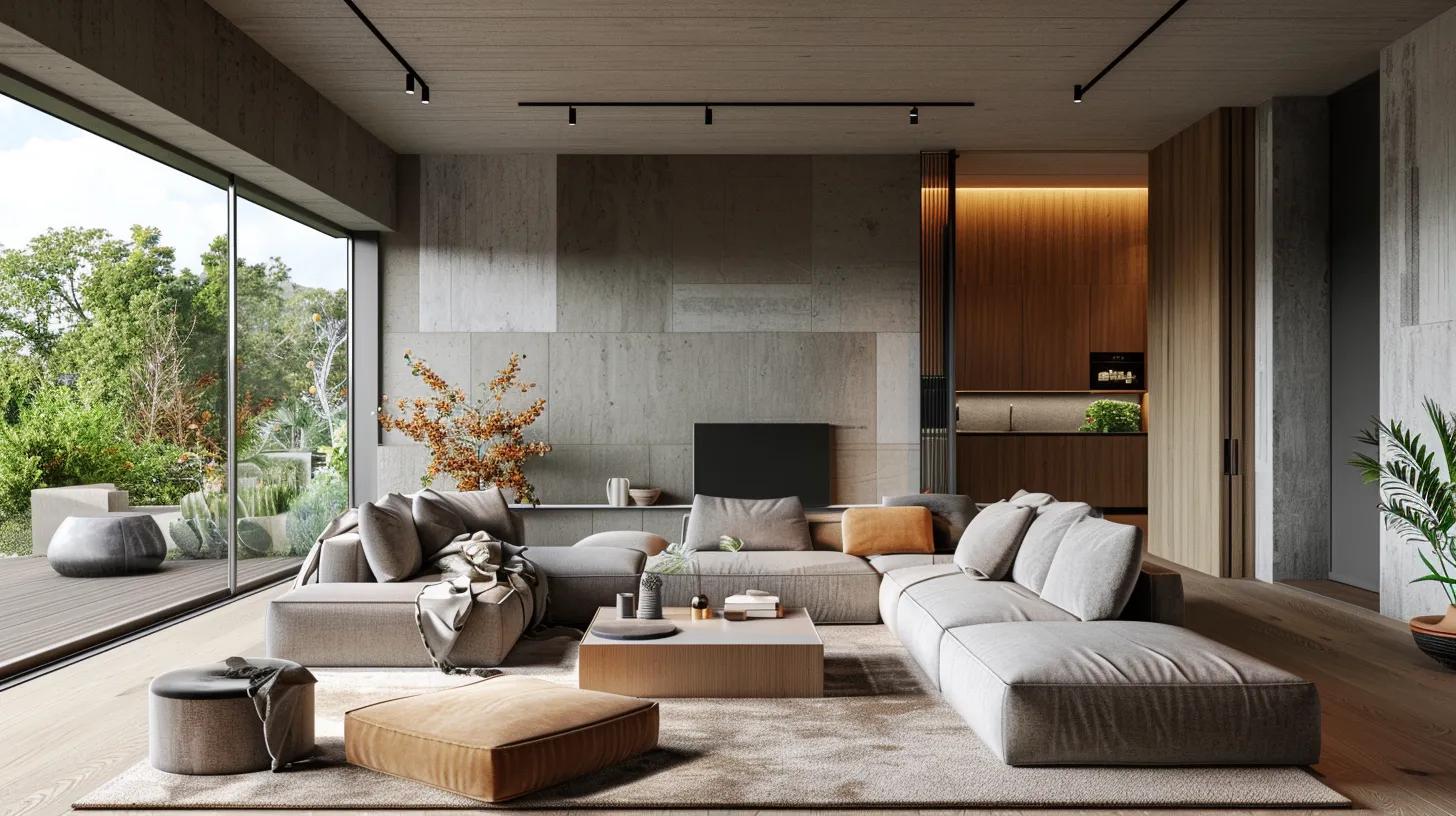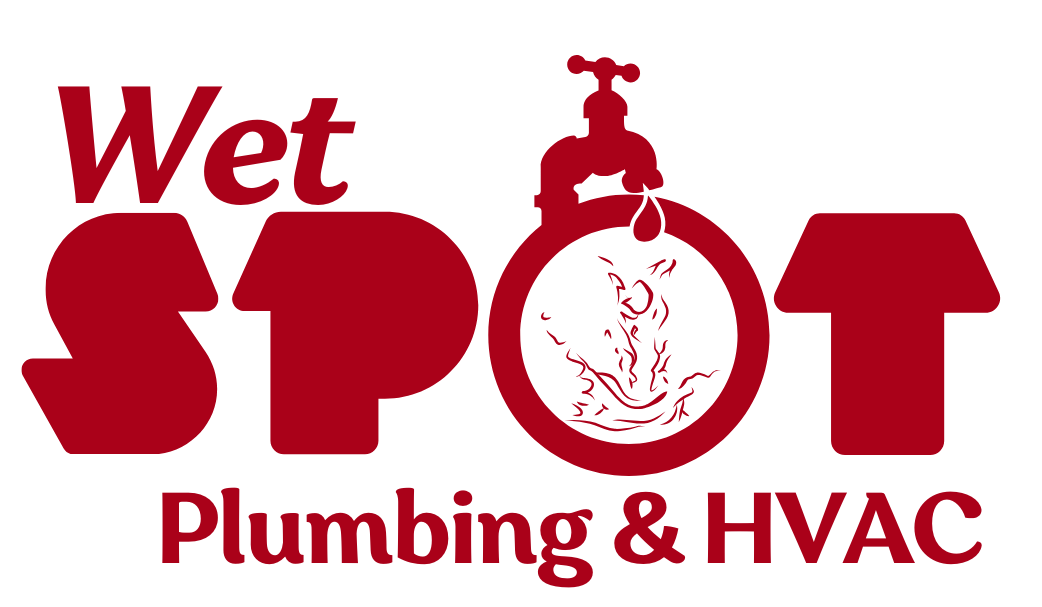
Louisa’s Guide to Indoor Air Quality Solutions and Allergy Relief at Home
Indoor air can be two to five times more polluted than outdoor air, making allergy symptoms harder to manage at home. This guide empowers you to identify the most common indoor allergens, apply practical air-quality solutions, embrace natural and holistic relief methods, monitor conditions year-round, and craft a personalized plan that delivers lasting comfort. Louisa’s Guide to Indoor Air Quality and Allergy Relief combines actionable strategies, scientific insight, and lifestyle adjustments to help you breathe easier, reduce symptoms, and regain control of your living space.
What Are the Most Common Indoor Allergens Affecting Your Home?
Indoor allergens are airborne substances that trigger immune responses, causing symptoms such as sneezing, congestion, and itchy eyes. Understanding these allergens by source, behavior, and control methods ensures targeted relief and healthier indoor environments.
- Dust mites thrive in warm, humid fabrics and release droppings containing potent allergenic proteins.
- Pet dander consists of microscopic skin flakes from cats, dogs, and other furry animals that linger in carpets and upholstery.
- Mold and mildew spores develop in damp areas, dispersing irritant particles that aggravate respiratory passages.
- Pollen enters through windows and doors, settling on surfaces where it becomes airborne again with foot traffic.
- Volatile organic compounds (VOCs) emanate from paints, cleaning products, and furnishings, irritating mucous membranes.
- Cockroach allergens derive from saliva, feces, and shed body parts, which accumulate in hidden crevices.
Identifying these six primary indoor allergens lays the groundwork for effective control measures and healthier air quality in every room.
How Do Dust Mites Impact Indoor Air Quality and Allergies?
Dust mites feed on skin cells trapped in bedding and fabrics, producing microscopic droppings that circulate through the air when disturbed. These waste particles bind to respiratory tract receptors, triggering histamine release, inflammation, and classic allergy symptoms such as sneezing and wheezing. Reducing humidity below 50 percent and encasing mattresses and pillows in allergen-proof covers significantly lowers dust-mite populations and eases symptom severity while preparing you to tackle the next key allergen.
Environmental Assessment and Exposure Control of Dust Mites: A Practice Parameter
Maintaining indoor relative humidity between 35% and 50% is crucial for controlling dust mite populations, as mites require higher humidity levels (at least 65%) for survival and reproduction. This practice parameter highlights humidity control as a key strategy in reducing mite allergens.
This authoritative practice parameter supports the article’s recommendation for specific humidity levels to effectively manage dust mite allergens, a major indoor allergen.
What Are the Sources and Solutions for Pet Dander Allergies?
Pet dander originates from animal skin flakes, saliva, and urine residues that adhere to hair and household surfaces. Regular grooming, high-efficiency vacuuming with HEPA filters, and washing pet bedding weekly eliminate accumulated particles. Restricting pets to hard-floor areas and installing washable slipcovers on furniture further reduces airborne allergens without sacrificing pet companionship, guiding you toward mold and mildew prevention strategies.
How Can Mold and Mildew Be Prevented and Removed Indoors?
Mold and mildew flourish where moisture accumulates—around windows, in bathrooms, basements, and HVAC drip pans. Maintaining indoor humidity between 30 percent and 50 percent, promptly repairing leaks, and using exhaust fans in wet areas stops fungal proliferation. For removal, apply a diluted bleach solution or commercial mold-specific cleaner, scrubbing affected surfaces thoroughly. Proper sealing and ventilation prevent recurrence, seamlessly transitioning into pollen-reduction tactics.
How Does Pollen Enter Your Home and How Can You Reduce It?
Pollen infiltrates through open windows, clinging to clothing, hair, and pet fur before dispersing into your living areas. Keeping windows closed during peak pollen times, running a fan-assisted filtration system, and changing HVAC filters monthly curtail indoor pollen levels. Placing doormats at entrances and instituting a no-shoes policy traps outdoor particles before they circulate indoors, paving the way to tackle chemical irritants like VOCs.
What Are VOCs and Chemical Irritants in Indoor Air?
Volatile organic compounds (VOCs) are gases released by paints, cleaning agents, new furniture, and building materials. These compounds irritate eyes, nose, and throat and may exacerbate asthma and allergy symptoms. Opting for low-VOC or zero-VOC paints and household products alongside frequent airing out after renovations reduces chemical burdens. Activated-carbon filters in air purifiers effectively adsorb residual VOCs, leading into targeted cockroach allergen control.
How Can Cockroach Allergens Be Controlled Effectively?
Cockroach allergens accumulate from droppings, shed skins, and body fragments in kitchens, bathrooms, and dark corners. Effective control combines thorough sealing of cracks and crevices, removal of food and water sources, and strategic placement of bait stations. Professional pest-management interventions can eliminate infestations, while regular cleaning of seldom-used areas prevents reestablishment and reinforces your overall allergen-reduction plan.
Which Indoor Air Quality Solutions Provide the Best Allergy Relief?
How Do HEPA Air Purifiers Work to Reduce Allergens?
High-efficiency particulate air (HEPA) purifiers draw room air through ultrafine filters that capture 99.97 percent of particles down to 0.3 microns. By trapping dust mites, pollen, pet dander, and mold spores, HEPA filtration breaks the cycle of airborne allergen recirculation and dramatically reduces symptom triggers within minutes of operation.
Efficacy of Air Purifier Therapy for Patients with Allergic Asthma
Research indicates that high-efficiency particulate air (HEPA) purifiers effectively reduce indoor house dust mite (HDM) allergens and particulate matter (PM) levels, leading to improved allergic asthma symptoms and enhanced quality of life for patients.
This study provides scientific evidence for the effectiveness of HEPA air purifiers in reducing common indoor allergens and improving respiratory health, directly supporting the article’s claims.
What Are the Best Air Purifiers for Allergies in Different Home Sizes?
Choosing the right purifier depends on room volume, airflow (CADR rating), filter stages, and noise level. The table below compares common models by coverage, filtration features, and maintenance frequency.
How Can Ventilation Improve Indoor Air Quality Naturally and Mechanically?
Ventilation exchanges stale, pollutant-laden air with fresh outdoor air and dilutes indoor contaminants. Opening windows strategically for short cross-breezes, installing energy-recovery ventilators (ERVs), and using in-line fans in bathrooms and kitchens drive continuous airflow without compromising temperature control. Improved air exchange mitigates VOC buildup and supports humidity balance, guiding you to explore targeted humidity control methods.
What Is the Role of Humidity Control in Allergy Relief?
Maintaining indoor humidity between 30 percent and 50 percent discourages mold and dust-mite growth while preventing overly dry air that irritates nasal passages. Dehumidifiers extract excess moisture in damp rooms, and humidifiers add moisture to overly dry environments. Using a hygrometer to monitor levels ensures you hit the optimal range for comfort and allergen suppression.
How Do Cleaning Routines Help Reduce Indoor Allergens?
- Dusting with Microfiber Cloths removes fine particles without dispersing them.
- Vacuuming with HEPA-equipped Cleaners captures deep-seated dust and pet dander.
- Laundering Bedding Weekly at ≥ 130 °F kills dust mites and washes away allergens.
How Can Source Control Reduce Indoor Pollutants and Allergens?
- Replace chemical cleaners with fragrance-free, non-VOC alternatives.
- Ban indoor smoking and incense burning.
- Choose low-emission furniture and flooring.
- Store pantry items in sealed containers.
What Natural and Holistic Methods Support Allergy Relief at Home?
Which Houseplants Are Best for Purifying Indoor Air?
- Spider Plant removes formaldehyde and xylene.
- Snake Plant excels at filtering benzene and VOCs.
- Peace Lily captures mold spores and ammonia.
How Do Dietary and Herbal Supports Like Quercetin and Vitamin C Help Allergies?
Quercetin and vitamin C act as natural antihistamines and antioxidants. Quercetin stabilizes mast cells to curb histamine release, and vitamin C supports immune regulation and mucus clearance. Including citrus fruits, berries, onions, and leafy greens in your diet reinforces the body’s ability to manage allergic inflammation alongside environmental controls.
What Lifestyle Adjustments Can Minimize Allergy Symptoms Indoors?
- Shower and change clothes after outdoor activities.
- Dry laundry indoors on low-pollen days or use a dryer.
- Wash pet bedding separately from human laundry.
How Can You Monitor and Maintain Optimal Indoor Air Quality Year-Round?
What Are the Signs of Poor Indoor Air Quality to Watch For?
- Persistent itchy or watery eyes.
- Frequent coughing, sneezing, or wheezing indoors.
- Visible mold growth or musty odors.
- Condensation buildup on windows or walls.
Which Tools Help Monitor Indoor Air Quality and Humidity Levels?
- IAQ Monitors measure particulate matter (PM2.5), VOCs, and CO₂.
- Digital Hygrometers display humidity percentages.
- Smart Thermostats can integrate air-quality sensors and automate ventilation.
How Should You Adjust Indoor Air Quality Strategies by Season?
- Spring/Pollen Season: Close windows, run air purifiers continuously, shower after outdoor exposure.
- Summer/Humidity Peaks: Use dehumidifiers in basements and bathrooms, inspect for mold.
- Fall/Leaf Decay: Ensure clean HVAC filters before running heat, vacuum outside vents.
- Winter/Recirculated Air: Increase ventilation with ERVs, maintain humidifier levels to 40 percent.
When Is It Time to Consult Professionals for Allergy or IAQ Issues?
- Allergy testing by a certified immunologist identifies precise triggers.
- HVAC specialists can assess ductwork, ventilation systems, and whole-house filtration upgrades.
- Indoor environmental professionals perform mold assessments and remediation.
How Can You Create a Personalized Plan to Reduce Indoor Allergens and Improve Air Quality?
What Self-Assessment Steps Help Identify Your Home’s Allergy Triggers?
- Inspect Bedding and Upholstery for dust-mite indicators.
- Survey Pet Areas for dander accumulation.
- Check Moisture-Prone Spots for mold colonization.
- Monitor Outdoor Pollen Levels via local forecasts.
How to Choose the Right Combination of Natural and Technological Solutions?
Balance devices, plants, supplements, and habits based on your assessment:
Pair a HEPA purifier with spider plants in high-traffic rooms. Use dehumidifiers alongside mold-absorbing Peace Lilies in damp basements. Integrate quercetin-rich foods and evening showers during pollen season.
What Are Cost-Effective Options for Allergy Relief and Air Quality Improvement?
- Budget-Friendly: Microfiber dusters, open-window ventilation, DIY vinegar mold spray.
- Mid-Range: Single-room HEPA purifier, programmable dehumidifier, houseplants.
- Premium: Whole-house air purifier, ERV installation, professional mold remediation.
How to Maintain Long-Term Indoor Air Quality and Allergy Relief?
- Replace HVAC and purifier filters on schedule.
- Rotate houseplants and prune foliage for optimal performance.
- Reassess allergen sources quarterly and adjust control measures accordingly.
What Are Frequently Asked Questions About Indoor Air Quality and Allergy Relief?
How Often Should HEPA Filters Be Changed for Best Allergy Relief?
HEPA filters typically require replacement every 6–12 months, depending on usage and pollutant load; HVAC HEPA-rated filters often need changing every 1–3 months to preserve peak efficiency and capture capacity.
What Is the Ideal Indoor Humidity Level for Allergy Sufferers?
Maintaining indoor humidity between 30 percent and 50 percent prevents dust mites and mold growth while avoiding overly dry air that irritates mucous membranes.
Which Houseplants Are Most Effective for Indoor Air Purification?
Spider Plant, Snake Plant, Peace Lily, Aloe Vera, and English Ivy are renowned for removing VOCs, formaldehyde, benzene, and other common household pollutants.
How Can I Improve Indoor Air Quality Quickly for Allergy Relief?
Run a portable HEPA purifier in the highest-use room, dust and vacuum with a HEPA-equipped cleaner, and lower humidity with a dehumidifier to achieve rapid reductions in airborne allergen concentrations.
What Are the Most Effective Cleaning Practices to Reduce Allergens?
Daily microfiber dusting, weekly bedding laundering at ≥ 130 °F, and biweekly vacuuming with a HEPA filter vacuum keep allergen levels low and complement filtration and ventilation strategies.
Louisa’s thorough exploration of indoor allergens, targeted solutions, natural supports, monitoring tools, and personalized planning empowers you to transform your home into a sanctuary of cleaner air and lasting allergy relief. By combining mechanical devices with botanical and lifestyle techniques, maintaining seasonal adaptations, and committing to routine assessments, you lay the foundation for continuous comfort and respiratory wellness.
